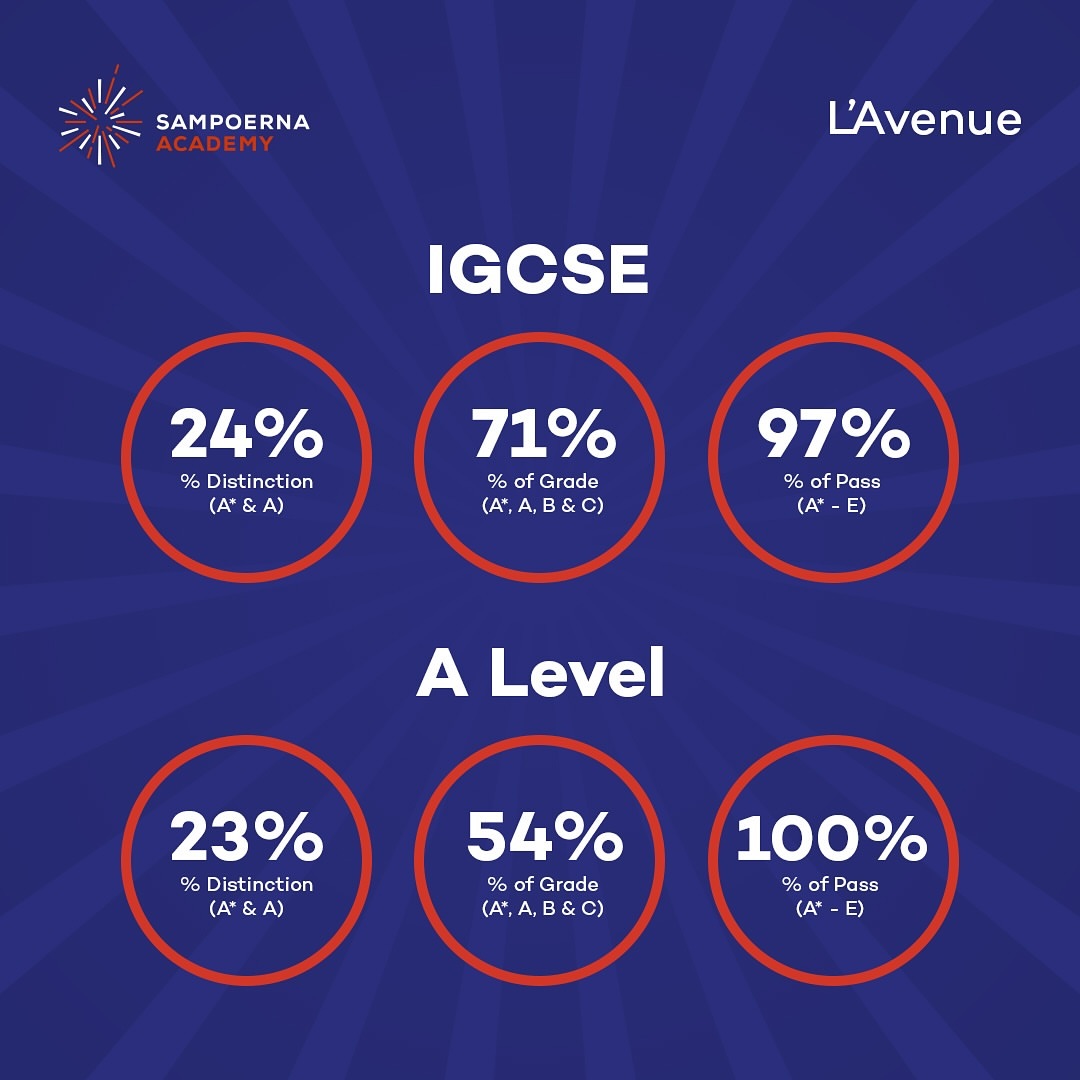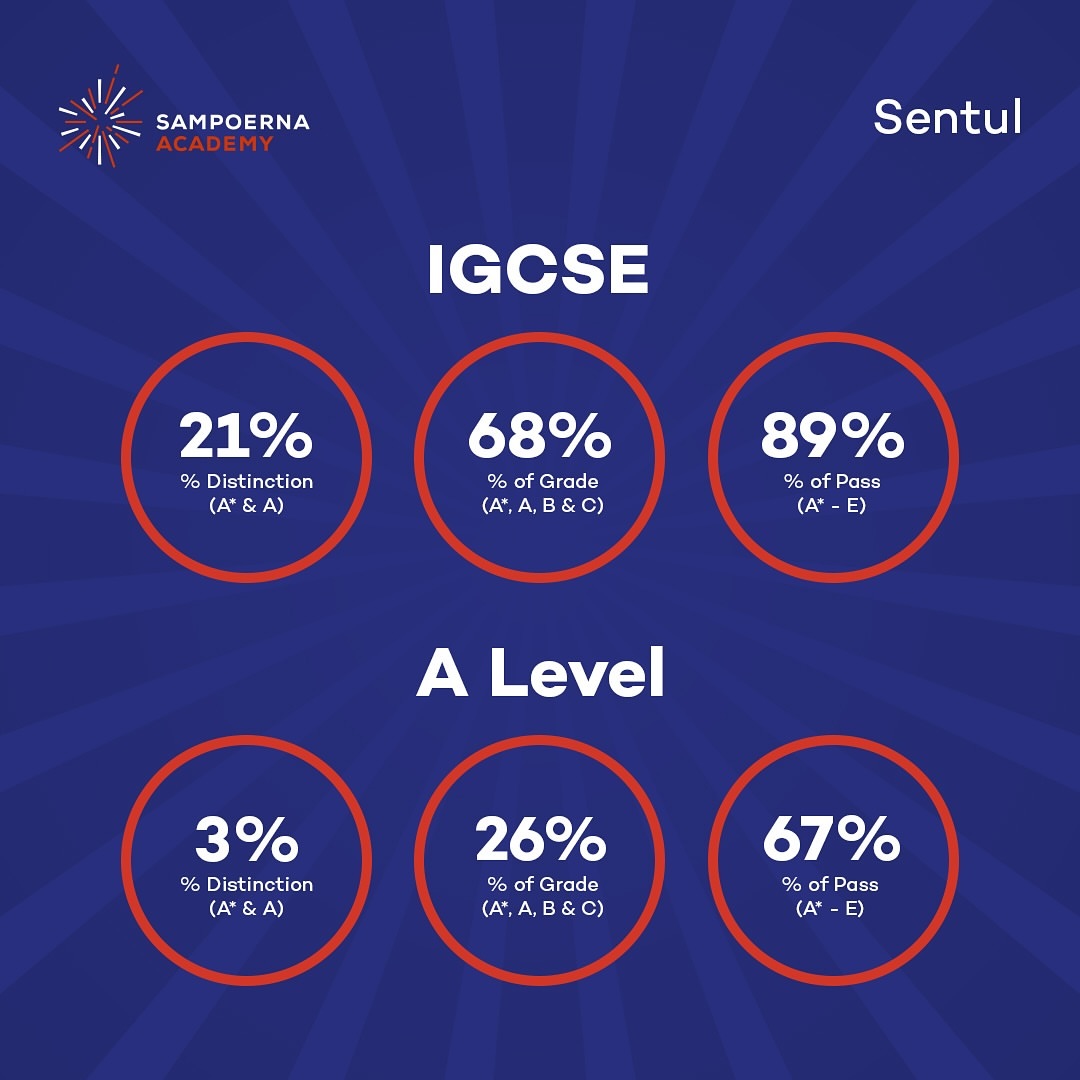Education systems vary across countries, and these differences can help parents choose the best school for their child. These differences are not only seen in the curriculum but also in teaching methods, homework, exams, and costs.
Let’s explore the key differences between education in Indonesia and other countries, along with a top international school recommendation for your child.
Early childhood education
In Indonesia, formal education is required from elementary school (SD) to high school (SMA). Preschool (PAUD) is available but not mandatory.
In contrast, many countries require early childhood education or preschool to help children develop cognitive, emotional, and social skills before entering elementary school.
Classroom learning hours
Students in Indonesia typically spend 6 to 9 hours a day at school.
Meanwhile, schools abroad often have shorter but more effective learning hours with a variety of activities. This allows students more time for self-learning and outdoor educational activities. However, in some countries like South Korea, students continue studying late into the night through self-study programs.
Homework and assignments
In Indonesia, students receive daily homework and assignments.
Schools abroad, however, tend to assign fewer tasks, focusing more on creative projects that involve research and critical thinking rather than repetitive exercises.
Final exams
Indonesia’s education system relies on final exams, such as the Minimum Competency Assessment (AKM) and Character Survey, to evaluate students.
In other countries, student assessments are more diverse, including projects, class participation, and continuous assessments throughout the academic year.
Compulsory education system
Indonesia has a 12-year compulsory education system from elementary to high school.
In other countries, compulsory education may last longer, as students are also required to attend preschool before starting formal schooling.
Education costs
One of the advantages of Indonesia’s education system is its affordable costs, especially for public schools. However, school facilities often depend on funding availability.
In contrast, countries like Finland, Sweden, and Germany provide free education because they believe that quality education is essential for building a better future generation.
Student orientation program
In Indonesia, the Student Orientation Program (MOS) is designed to introduce new students to school life, often involving senior students in the process.
In other countries, orientation programs focus more on academics and familiarizing students with the school environment, without senior involvement in the activities.
Studies show that Indonesia’s education quality still lags behind many other countries. To improve, the education system must continue evolving to meet global standards.
If you are looking for the best school in Indonesia, Sampoerna Academy is the ideal choice.
Sampoerna Academy offers Cambridge and IB (International Baccalaureate) curricula, designed to support students’ cognitive, social, and emotional growth.
At Sampoerna Academy L’Avenue, 71% of students scored A to C* in the Cambridge IGCSE exams, demonstrating strong academic readiness. In the A Level exams, while 23% achieved distinction, the 100% pass rate reflects the school’s effective educational support.
With modern facilities and internationally qualified teachers, Sampoerna Academy ensures students not only excel academically but also develop creativity, innovation, and critical thinking skills—essential for their future success.




.webp)